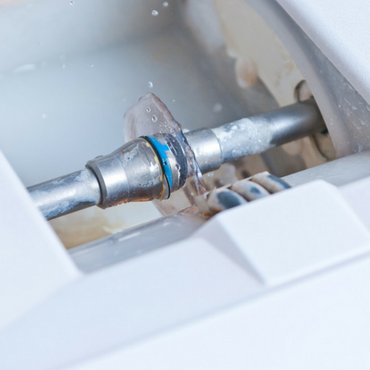OPTICAL TESTS

Testing the optical quality
- The lenses of sunglasses and reading glasses should not demonstrate any material or surface flaws which could affect the wearer’s vision, e.g. bubbles, scratches, inclusions, dull areas, holes, notches, cracks, splintering, waves, etc.
- The optical correctness of the lenses is achieved when the view seen through them is free from distortion and accurate
Testing the degree of tint of sunglasses
- Depending of the degree of tint, the lenses of sunglasses must be allocated to one of the five categories
- The filter categories indicate which environment and weather conditions the sunglasses are best suited to
Requirements in terms of appropriateness for use on public roads
- Reading glasses are not suitable to be worn when driving a vehicle
- Sunglasses can be worn when travelling on public roads, but they must belong to filter categories 0, 1, 2 or 3 and must also fulfil the following requirements:
- The ability to recognise signal lights must not be affected
- Driving at twilight and at night is only permitted with category 0 sunglasses
Testing the dioptric power
- The dioptric power indicates the optical effect of a lens (in dioptres)
- The dioptric power of reading glasses and sunglasses is checked for:
- Reading glasses in the desired dioptre with an allowance of ± 0.12 dpt.
- Sunglasses in “Zero dioptre” (flat) with an allowance of ± 0.12 dpt.
- With reading glasses: Testing the pupil distance (PD)
- With reading glasses: To fit the PD of as many users as possible, Filtral glasses are manufactured with an average PD of 63 mm and a permitted allowance of ± 2 mm
Further optical tests
- Prismatic effect
- Wide-angle scattering
- Homogeneity
Here you can find more information about quality at FILTRAL:




